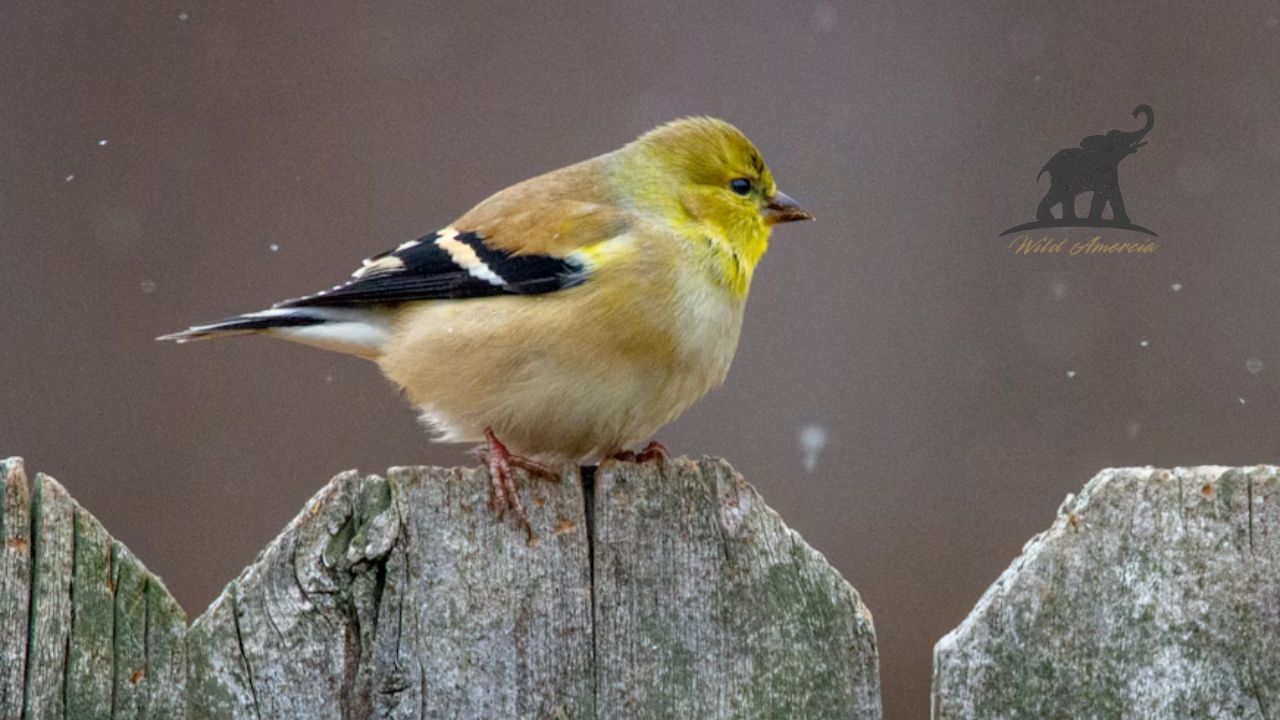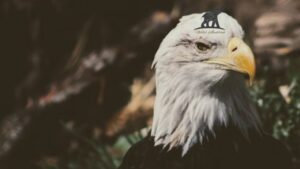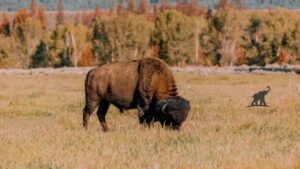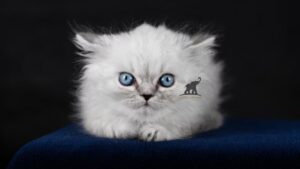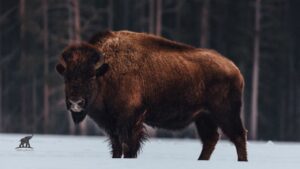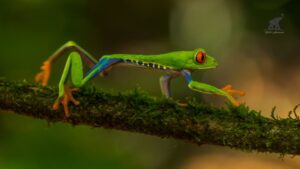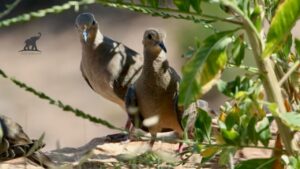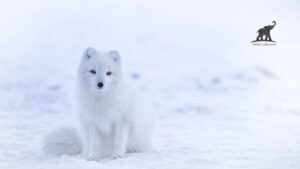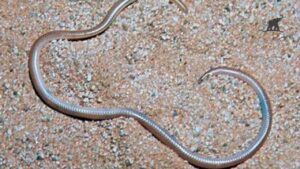Have you ever wondered why your vibrant yellow goldfinch suddenly looks dull and patchy? The fascinating process of goldfinch molting explains these dramatic seasonal transformations that leave many bird enthusiasts puzzled and concerned.
Understanding goldfinch molting isn’t just about satisfying curiosity—it’s essential for proper bird care, feeding strategies, and appreciating one of nature’s most remarkable seasonal cycles.
Quick Overview of Goldfinch Molting
| Aspect | Details |
| Primary Molt Period | July – September |
| Secondary Molt | February – April |
| Duration | 6-8 weeks per molt |
| Feather Replacement | Complete body molt twice yearly |
| Energy Requirement | 25-30% increase in protein needs |
| Visibility Changes | Dramatic color shifts between seasons |
What Exactly Is Goldfinch Molting?
Goldfinch molting represents one of nature’s most incredible renewal processes. During this period, these beloved songbirds systematically replace their entire feather coat twice each year.This isn’t just a simple feather change. The molting process demands enormous energy reserves and careful timing to ensure survival through harsh seasonal transitions.Unlike mammals that gradually shed and regrow hair, birds experience a complete transformation. Every single feather gets replaced in a predetermined sequence that maintains their ability to fly and regulate body temperature.
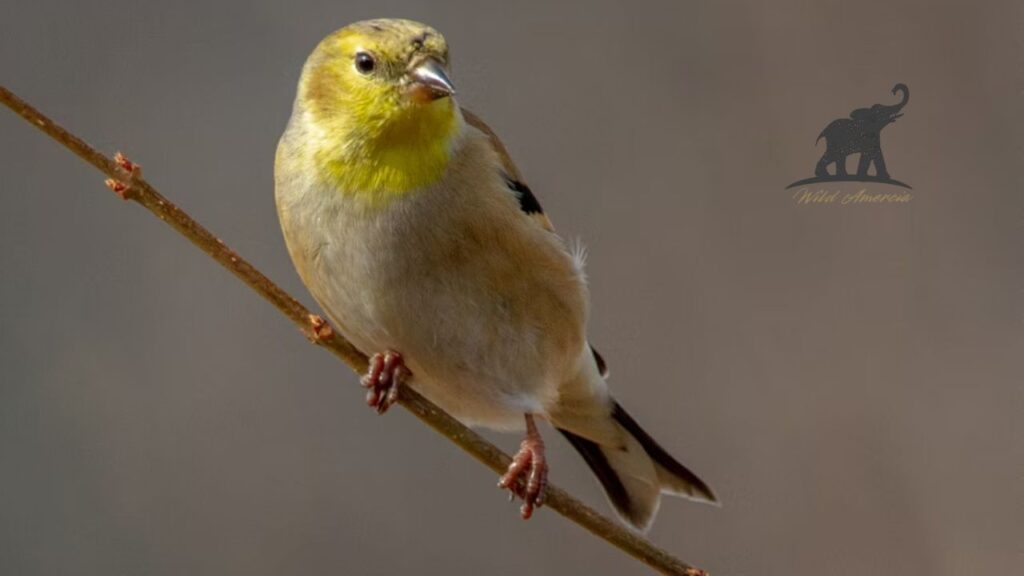
The Two Major Goldfinch Molting Cycles
Summer Molt: The Great Transformation
The most dramatic goldfinch molting occurs during late summer. This pre-basic molt typically begins in July and extends through September.
During this period, male goldfinches lose their stunning bright yellow breeding plumage. The transformation can be shocking for first-time observers who suddenly see their beautiful golden birds looking disheveled and drab.
Females undergo similar changes, though their transformations appear less dramatic since their breeding colors are already more subdued.
Spring Molt: Preparing for Love
The pre-alternate molt happens between February and April. This goldfinch molting cycle prepares birds for breeding season.
Males develop their iconic bright yellow bodies and jet-black caps. Females acquire warmer tones and clearer markings that signal their readiness to mate.
This molting period is shorter but equally important for reproductive success.
Timeline and Stages of Goldfinch Molting
Early Stage (Weeks 1-2)
- Patchy appearance begins
- Flight feathers start loosening
- Energy demands increase significantly
- Reduced singing and territorial behavior
Peak Stage (Weeks 3-5)
- Maximum feather loss occurs
- Birds appear most disheveled
- Increased vulnerability to predators
- Higher protein consumption needed
Recovery Stage (Weeks 6-8)
- New feathers emerge rapidly
- Colors become vibrant
- Normal behaviors resume
- Energy levels stabilize
Why Goldfinch Molting Happens
The goldfinch molting process serves several critical survival functions. Worn feathers lose their insulation properties and aerodynamic efficiency over time.Fresh feathers provide superior protection against harsh weather conditions. They also enable more efficient flight patterns that conserve energy during migration and daily foraging.Additionally, the molting cycle allows goldfinches to change their appearance for seasonal camouflage and breeding displays.
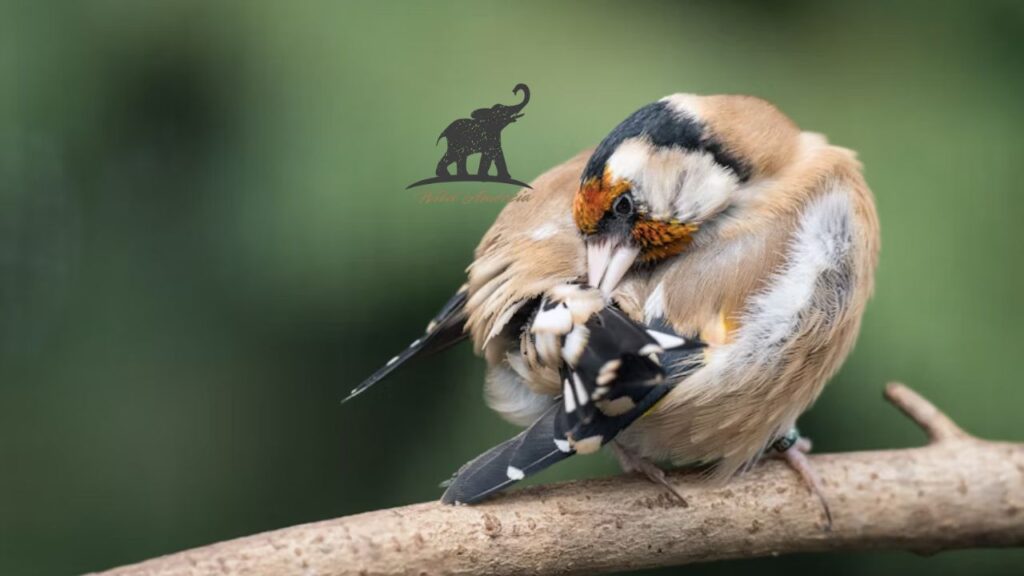
Signs Your Goldfinch Is Molting
Recognizing goldfinch molting helps distinguish normal behavior from health problems. Here are key indicators:
Physical Changes:
- Patchy, uneven coloration
- Pin feathers (small, dark tubes) visible
- Temporary bald spots
- Duller overall appearance
Behavioral Changes:
- Increased preening activity
- Reduced flight distance
- Changes in feeding patterns
- Less aggressive territorial behavior
Nutritional Needs During Goldfinch Molting
The goldfinch molting process demands extraordinary nutritional support. Protein requirements increase by 25-30% during active molting periods.High-quality seeds become crucial during this time. Nyjer seeds provide essential amino acids needed for healthy feather development.Calcium supplements support the metabolic demands of rapid feather production. Fresh water access becomes even more critical for proper feather formation.
Common Concerns About Goldfinch Molting
Is My Bird Sick or Molting?
Many bird enthusiasts worry when they witness goldfinch molting for the first time. The dramatic appearance changes can mimic illness symptoms.Healthy molting birds maintain normal eating habits and alert behaviors. Sick birds typically show lethargy, reduced appetite, and unusual postures.
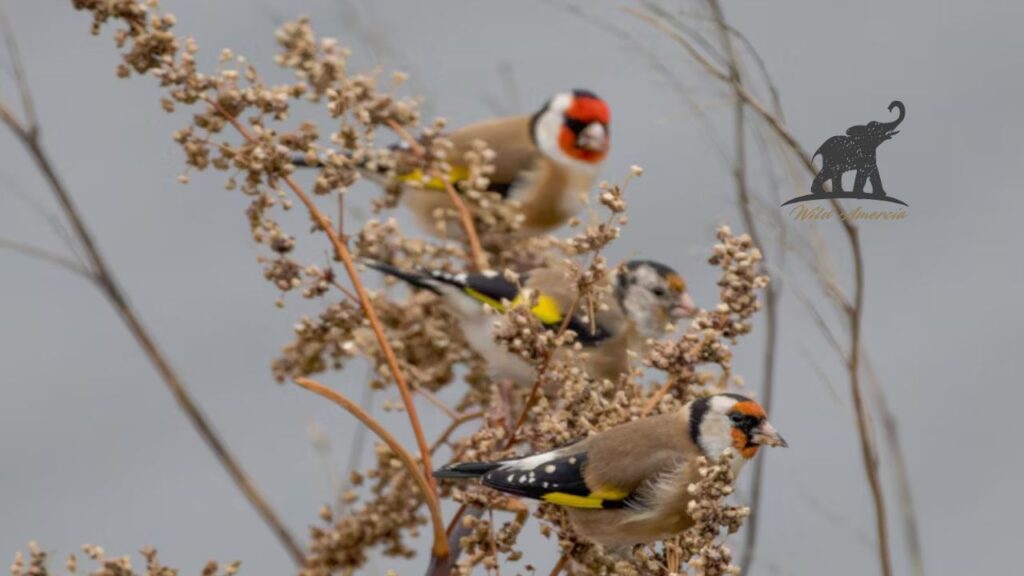
How Long Does Goldfinch Molting Last?
Complete goldfinch molting cycles typically span 6-8 weeks. However, individual birds may vary slightly based on age, health, and environmental conditions.Younger birds often complete their molts faster than older individuals. Optimal nutrition can also speed the molting process.
Supporting Birds During Goldfinch Molting
Providing proper care during goldfinch molting ensures healthy feather development and reduces stress on your backyard visitors.
Feeding Strategies:
- Offer high-protein seed blends
- Maintain consistent food supplies
- Provide fresh water daily
- Avoid disturbing feeding areas
Environmental Considerations:
- Minimize loud noises near feeding stations
- Ensure adequate shelter options
- Keep cats and other predators away
- Maintain clean feeding equipment
Regional Variations in Goldfinch Molting
Goldfinch molting patterns can vary based on geographic location and local climate conditions. Northern populations often begin molting earlier than southern birds.
Extreme weather events can also influence molting timing. Drought conditions may delay the process, while abundant food supplies can accelerate it.
Migration patterns also affect when goldfinch molting occurs in different regions.
The Science Behind Feather Replacement
Understanding the biological mechanisms of goldfinch molting reveals nature’s incredible engineering. Each new feather grows from specialized follicles that remain dormant between molting cycles.
Hormonal changes trigger the molting process. Decreasing daylight hours signal the body to begin feather replacement preparations.
The sequence of feather replacement follows a specific pattern that maintains flight capability throughout the molting period.
Frequently Asked Questions
How often does goldfinch molting occur?
Goldfinches molt twice annually – a complete molt in late summer and a partial molt in spring before breeding season.
Should I be worried if my goldfinch looks patchy?
Patchy appearance during goldfinch molting is completely normal. Provide high-quality nutrition and observe for normal eating and alertness behaviors.
Do male and female goldfinches molt differently?
A: Both sexes follow similar goldfinch molting patterns, but males show more dramatic color changes due to their bright breeding plumage.
Can weather affect goldfinch molting timing?
Yes, extreme weather conditions can delay or accelerate goldfinch molting. Birds adapt their timing based on environmental cues and resource availability.
What’s the best food during goldfinch molting?
High-protein seeds like nyjer provide essential nutrients during goldfinch molting. Fresh water and calcium supplements also support healthy feather development.
Final Thoughts
The remarkable process of goldfinch molting showcases nature’s incredible adaptation strategies. By understanding these cycles, we can better appreciate and support these beautiful birds through their dramatic seasonal transformations.
Admin Recommendation
Cottonmouth Snakes in North Carolina (NC): Key Facts
The Fascinating World of Arctic Fox Fur
Experience the Majesty of Elk and Bison Prairie, KY
Cottonmouth Snakes in North Carolina (NC): Key Facts
Bald Eagle Spiritual Meaning: A Guide to Symbolism and Significance
The Appealing Charm of Ragdoll Kittens
Where to Find Arctic Fox Fur in AC Valhalla
The Barbados Threadsnake: Unveiling the World’s Smallest Snake
American Eskimo Dog: A Comprehensive Guide to This Charming Breed
Discovering Acadia National Park Wildlife
Spotted Salamanders: Nature’s Hidden Gems
Baby American Crocodile: Fascinating Facts About The Next Generation
The Fascinating World of the Albino Wild Turkey
American Bulldog puppies: Full of life, loveable and loyal
Baffin Polar Bear: A Journey into the Arctic’s White Majesty
NC Copperhead Snake: A Comprehensive Guide
Mojave Desert Rattlesnake—A Deadly Beauty of the Southwest
Mourning Dove Lifespan, Care, and Diet Guide
Arroyo Toad: A Guide to This Endangered Amphibian
Northern Leopard Frog: A Fascinating Amphibian
House Sparrow Fledglings:All You Need to Know
The Fascinating World of the Cave Salamander
Eastern Bluebird Spiritual Meaning: A Symbol of Hope and Happiness

